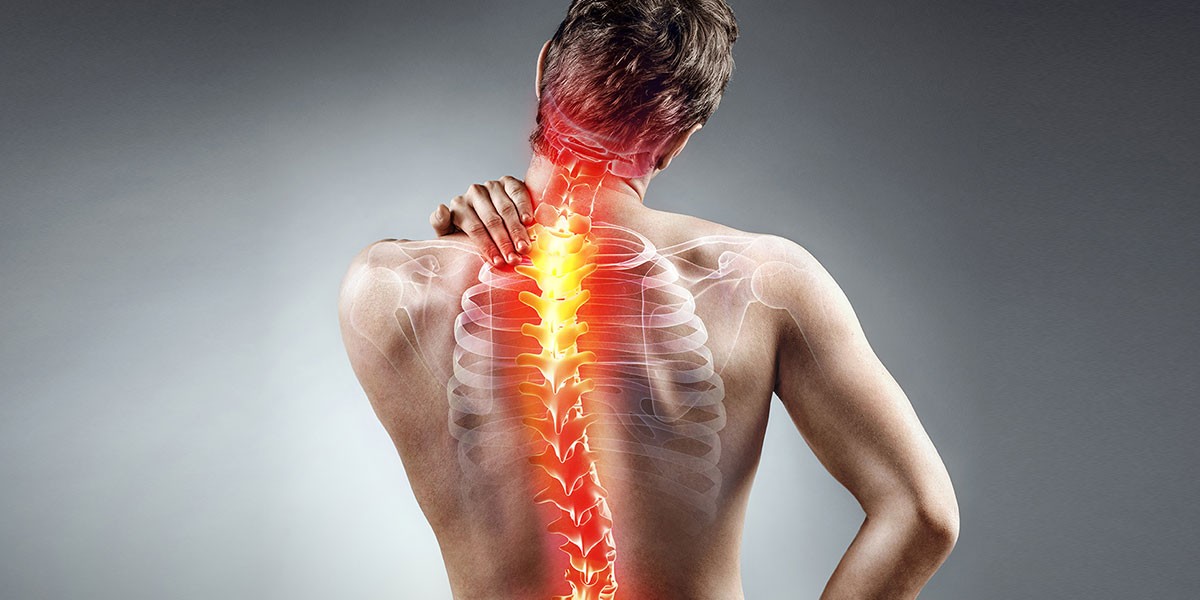Scoliosis (Spine Curvature)
What is scoliosis?
Scoliosis means a curved back and is a musculoskeletal disease in which the spine has a lateral curvature. While it can be treated in some people, it requires a doctor visit at certain intervals in some people.
Who gets scoliosis?
Scoliosis can occur at any age, but this brochure is more focused on children and adolescence. Between 3 and 5 out of every 1000 children have enough curvature of the spine to require treatment. In 80% of back curvatures seen in childhood, a definite cause cannot be shown. This type, called idiopathic (of unknown cause) scoliosis, occurs after the age of 10. It is rarely seen under the age of 10. This type is more common in girls. Although genetic factors are known to be responsible for this type of scoliosis, which is called idiopathic (unknown cause) scoliosis, a very strong genetic transmission has not been shown and the sick child is usually the first person to be diagnosed with scoliosis in the family.
What are the causes of scoliosis?
In 80-85% of patients, the cause is unknown and is called idiopathic scoliosis. Other possible causes, such as injury or infection, should be investigated before concluding that a person has idiopathic scoliosis. The causes of spinal curvatures are classified as nonstructural and structural ones.
Non-structural functional curvatures: The spine is structurally normal, there may be an underlying cause. Among these, there may be a difference of more than 2 cm in leg lengths, muscle spasm or inflammatory causes.
Structural causes: There is a structural angulation of the spine. Sometimes this can be part of a syndrome. For example, Marfan Syndrome, hereditary connective tissue disease.
The other situation is that it is on its own. Structural scoliosis can be seen as a result of the following diseases;
- Neuromuscular diseases (Cerebral palsy, poliomyelitis, muscular dystrophy)
- Congenital defects (Half vertebra, Combined vertebra, attached rib etc.)
- injuries
- Infections
- Tumors ( neurofibromatiosis ..)
- metabolic diseases
- Connective tissue diseases
- rheumatic diseases
- Unknown causes (idiopathic scoliosis)
How is scoliosis diagnosed?
The diagnosis of scoliosis is confirmed by radiological examination of the spine with radiography. A standing plain radiograph of the entire spine is taken and curvature and, if any, its location and degree are determined. Determining the apex (thoracic, thoraclumbar, or lumbar) and shape (S or C) of the curve in the spine helps decide how best to treat it.
Sometimes the cause of scoliosis may be due to numerical deficiencies in the vertebrae or bony problems. Therefore, it is necessary to examine the spine films in detail by the subject specialist physician. In doubtful cases, further examination of the spine is performed and all structures are examined in detail with magnetic resonance imaging.
The angle (COBB ANGLE) determined after the diagnosis of scoliosis is important in the follow-up and the treatment results are evaluated according to the changes in this angle.
What are the studies on scoliosis?
Some children are born with a curved back because the spine is malformed in the womb. While the spine is normal at birth in children with muscle or nerve disease, it bends over time.
Some bone development disorders, rheumatic diseases, infections or tumors can cause a curved back. In the elderly, calcification can cause both humpback and scoliosis by disrupting the spinal alignment. . Contrary to popular belief, the way the child sits and lies, carrying heavy bags on the shoulder, etc. factors have absolutely no role in the development of curvature.
Idiopathic scoliosis is essentially a cosmetic problem. However, lung and heart problems may occur in neglected and very advanced curvatures, and serious back and waist pains in middle age can make life difficult.


